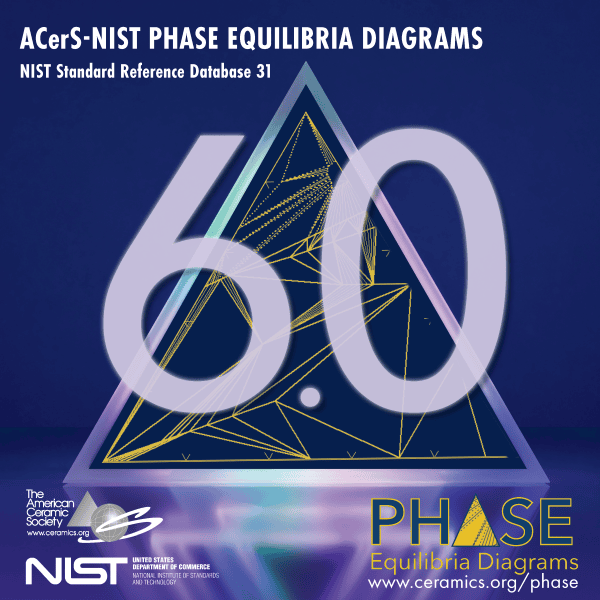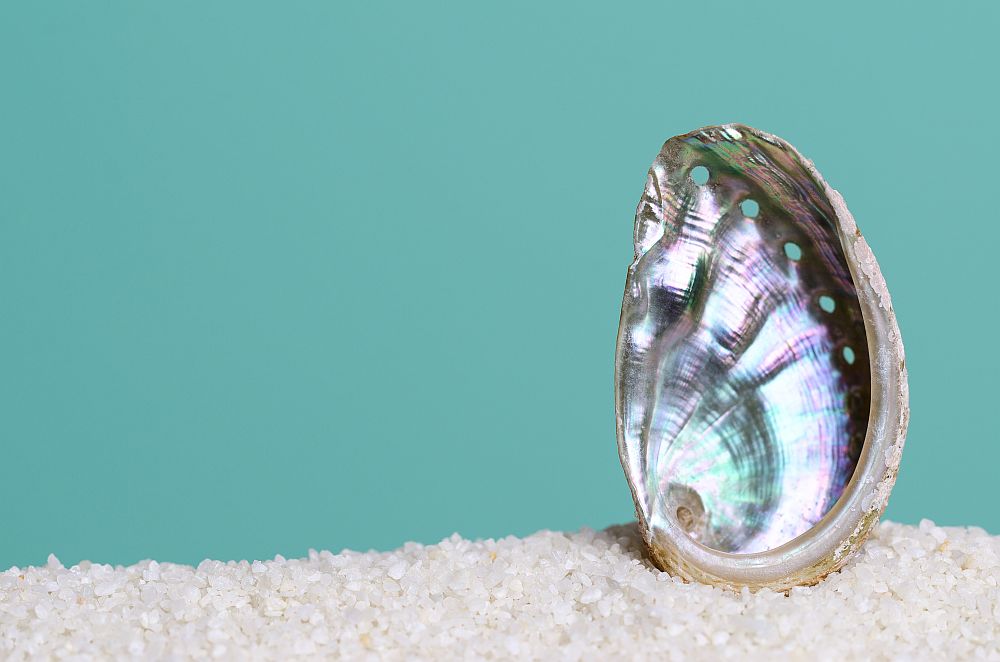
For more than 60 years, The American Ceramic Society and National Institute of Standards and Technology have collaborated on Phase Equilibria Diagrams, a program that provides thousands of relevant, critically evaluated phase diagrams with commentaries for inorganic compounds including oxides, carbides, nitrides, borides, compound semiconductors, pnictides, salts, and chalcogenides.
Version 6.0, released this month, adds 165 new PED Figures and 755 new diagrams with information for 170 material systems not previously covered by the database, bringing the total number of diagrams to more than 33,700.
The new content in this version reflects the explosion of research on the fundamental properties of materials needed to enable the transition to lower cost and more efficient technologies and approaches to manufacturing, such as the processing of raw materials and recycling/recovery of critical minerals from secondary sources or low-grade ores. It also addresses the need to advance a wide variety of applications, including
- Hydrogen production by electrolysis of water;
- Thermal energy storage and heat transfer media for concentrated solar power;
- Advanced molten salt nuclear reactors (complex salt systems for fuel, thorium fuel cycle, corrosion);
- Immobilization of radioactive waste;
- Lead-free photovoltaics with high conversion efficiencies;
- Optical information processing;
- Batteries and semiconductors (processing and new materials);
- Next-generation electronics (e.g., phase-change memories, topological insulators for quantum memories);
- Lasers for optoelectronics; and
- Advanced dental porcelain and other biomaterials.
As in previous versions, the Figures are available as PDF files containing both the diagram and critical commentary text describing the study. The individual diagrams can be viewed, analyzed, and manipulated (e.g., switching from weight to moles and vice versa) using the powerful JavaScript-based PED Viewer.
The browser-based search interface is very user friendly. In addition to searching by chemical elements or components, users can use keywords to search the text of the critical commentaries of all PED Figures. This feature is useful when seeking diagrams for material systems associated with potential applications mentioned in the critical evaluation. Users can also search by author, publication year, PED volume, and more. Questions about the interface? Help icons can be found alongside each user-input text box.
The USB version of Version 6.0 features a new dedicated custom windowing system rather than Chrome, in response to customer requests. This change will make installations and operations run more smoothly.
Want to try PHASE before purchasing?
Test the PHASE software and view the available demonstration Figures and diagrams at https://phaseonline.ceramics.org. No login is required. The demo version allows you to test the full functionality of the product with a limited number of diagrams.
Learn more about Version 6.0 at https://ceramics.org/PHASE or contact ACerS customer support at customersupport@ceramics.org.
Author
Jonathon Foreman
Spotlight Categories
- Journal and Bulletin Updates
Related Posts
Hypersonic workshop series launches successfully in Washington, DC
December 1, 2025
Volunteer spotlight: Ashutosh Kumar Dubey
November 10, 2025


